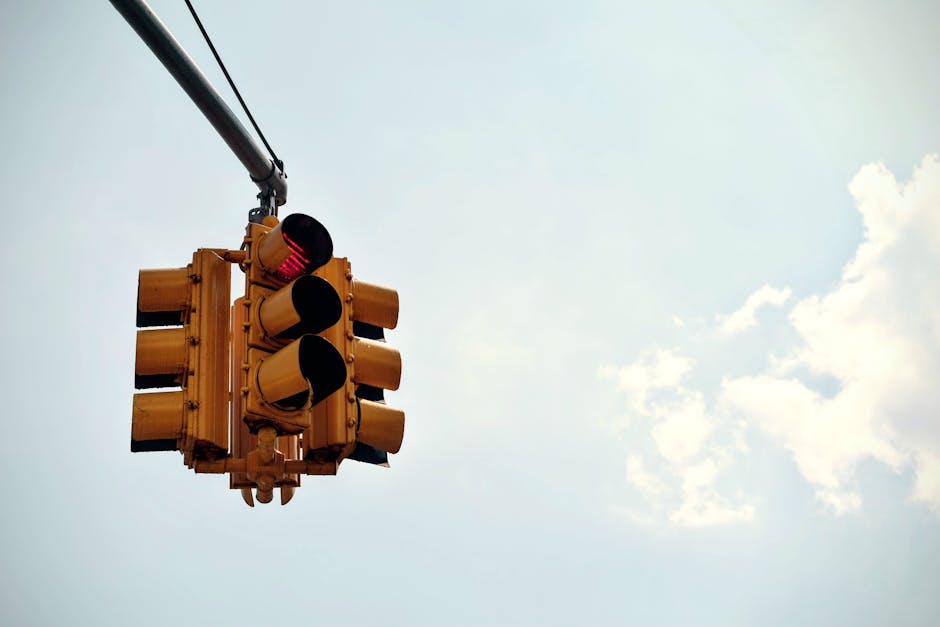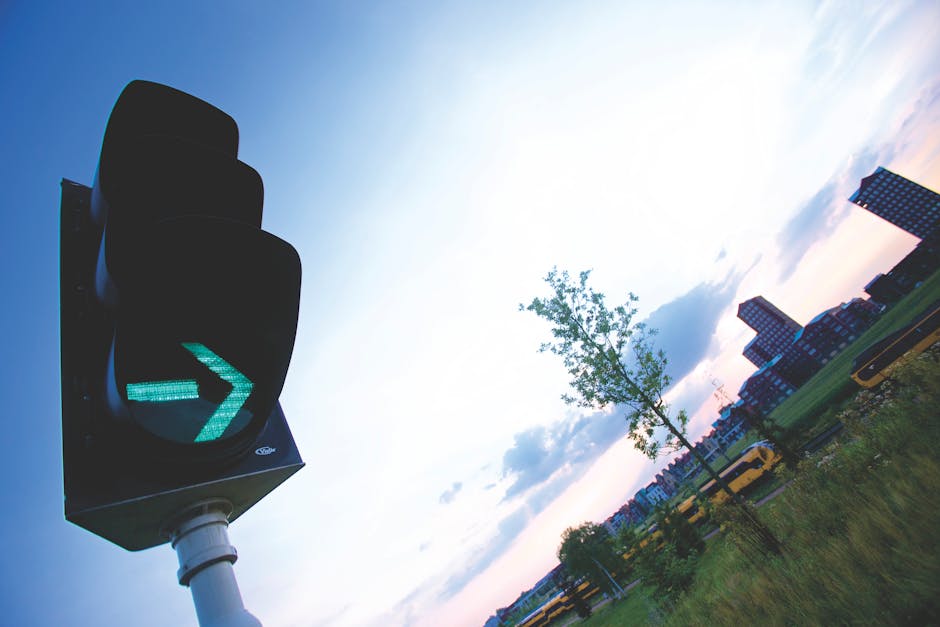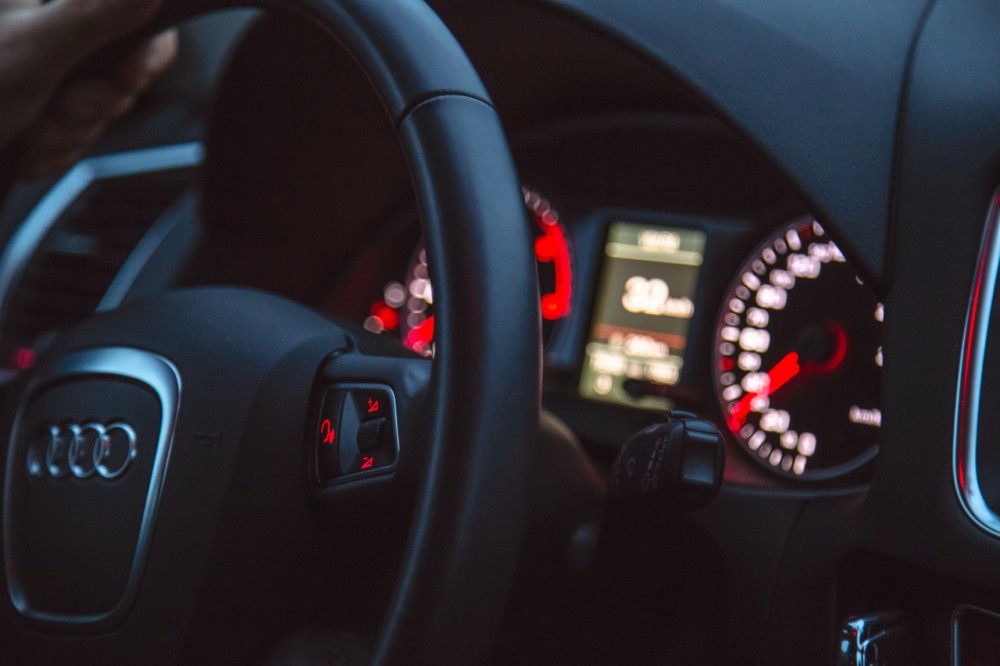What to do if you encounter a broken traffic light
Many of us consider encountering multiple traffic lights on the way to our destination as an annoyance. No matter where we’re headed, we usually want to get there quickly with minimal interruptions and the red light often becomes the source of our frustrations. These signals exist to keep us safe however, as they control the flow of traffic on busy roads and help us to avoid long queues.
If you’ve been in a situation where you suspect a traffic light may be malfunctioning, you’ll recognise the safety hazard it can pose. Not only to faulty traffic lights take up even more of our time, they also put road users in danger.
Studies have shown that this is a major issue in the UK – there were 120 accidents in Merseyside alone between 2010-2016 due to malfunctioning traffic lights and a further 140 accidents in Surrey. Signals can fail due to a number of reasons, from a broken electric connection to slugs on the road – in the West Midlands, a trail caused the electronics to fail, resulting in one death. To keep road users safe in the future, it’s important that they are educated on how to respond in this situation.
This article looks at what steps to take if you encounter a broken traffic signal, so that you can stay safe, make an informed decision and report the fault to the proper authorities.

Safety First
The most important thing to consider if you find yourself faced with a broken traffic signal is the safety of yourself, your passengers and other road users. You should act as though you are approaching a red light and bring your vehicle to a halt. Then, it’s important to follow the right-of-way laws. The Highway Code states that you should treat the situation in the same way you would an unmarked junction and proceed with great care. The will help to ensure both you and your fellow road users can carry on your journeys safely.
Judge the situation
Common sense is key in this situation. In an article on the BBC, Vince Yearly of the Institute of Advanced Motorists said: “It’s a tricky one because the absolute copper-bottom rule is that the red light must be obeyed. However, if you’ve been sitting there for a few minutes and it’s become fairly obvious the lights aren’t changing then you’ve got to reconsider.
“So, if you can see ahead of you quite clearly and ideally see the other set of lights or the back of them, I would lower my window a little to hear if there’s anything moving in your vicinity. Then put your lights on and very tentatively and cautiously start to make your way forward.”
Most road safety publications recommend waiting for at least four minutes before continuing your journey.

How to report it
Faulty traffic signals should always be reported to your local council or authority as soon as you have a safe opportunity. The reason these signals are in place are to stop traffic where it may not have originally stopped, so if they aren’t working, chances are that people won’t stop. This can be extremely dangerous, so it’s important that the those who take care of the roads know about any issues.
You can contact your local authorities to inform them about your discovering by telephone or online alternatives.
Faults such as this represent a danger to all drivers and can slow our journeys down, causing traffic queues, frustration and increased risk of road accidents. With the number of cars on the roads increasing every year, it’s important to act fast and report the problem as soon as possible. Following these steps will help to limit any disruption and keep you safe on your journeys.

